What’s harder: finding and hiring a “talent unicorn" or taking a selfie with an actual unicorn?
Plenty of hiring managers would say it’s a toss-up. After all, established superstars with stellar résumés either have jobs already or get snatched up immediately. They don’t even have to look — interview requests come to them.
Despite the heavy competition, wooing talent unicorns is worth all the planning, searching and waiting. After all, top talents are efficient team members who can be four times more productive than their peers. But attracting and keeping a high-performing applicant’s attention requires a solid corporate courtship funnel.
That’s where the issue lies. Hiring managers might realize the steps required to grab key recruits, but they may not be supported by senior executives. Regrettably, without C-suite assistance, hiring managers rarely have all the ingredients necessary to appeal to top-notch candidates.
How to Collectively Onboard Superstars
Start with an engaging job listing. It’s well-worn advice, but it holds true. Without an exciting and dynamic description, a job might get lost in the multitude of postings on hiring boards. Think pithy, eye-catching headlines and an overview of the role that’s 300 words or fewer. The goal is to create a corporate advertisement, not a policy document.
After this step, hiring managers need to sift through the applicants and contact the best. Look for signs of excellence and dedication such as previous promotions, an impressive GPA, or leadership experience. This expertise is easily identifiable on a résumé, but don’t forget to look for soft skills, too. Partner with the human resources department to identify applicants that might mesh well with the existing company culture and workforce.
After managers have identified strong applicants, they should then facilitate an introductory call within 24 hours. Ideally, the call should be handled by someone in the C-suite — even if it’s short. A phone call from an organization’s vice president carries weight. Try sending a quick voice message via LinkedIn.
These aren’t the only ways that hiring managers can work with C-suite members when appealing to overachievers. Below are several other strategies that, when employed in tandem, can improve the collective quality of any business’s recruits.
1. Use the corporate vision as a guiding light.
The company’s philosophy and vision can be used as a platform when making hiring decisions. Hiring managers, human resources leaders, and C-suite executives should often discuss their companies’ objectives and future goals. If hiring managers know what to look for, then they can pursue candidates who best embody the organization’s direction and principles.
2. Communicate and collaborate when hiring.
Many hiring managers feel like they’re left to their own devices. Frequent check-ins with executives can help hiring managers anticipate staffing needs and propose succession plans. For instance, if a senior vice president wants to promote internally, a hiring manager can encourage mentorship and find fits for current or future job openings.
3. Make talent acquisition data available.
Human resources personnel should provide relevant employee or hiring information if it can help managers identify incredible applicants. When both teams work together, they can reduce cost per hire, decrease the turnover rate, and reel in the best applicants. Data utilization can also be a boon for talent decision leaders: Those who use analytics are promoted 6.3 times more often than those who don’t.
4. Provide exposure to higher-ups.
Set aside time at interviews for introducing candidates to company leaders. Very few organizations employ this approach, but providing exposure to top-tier players can be a competitive differentiator. After the meeting, the hiring manager can reinforce the significance of the introductions by asking, “Have you met executives at any other job interviews?” A smart cookie will get the hint.
5. Move at lightning-fast speed.
You can’t afford to make hiring mistakes, but you also can’t afford to drag your feet. Rapidly respond at all stages of the hiring process, and try to seal the deal in four weeks or less. This means that all personnel involved with hiring needs to be responsive and aware. The nimbler you are, the easier it will be to hire the A-list candidate you want. C-suite hesitation can cost businesses talented potential employees.
Sure, scouting for talent unicorns requires hustle and patience, but they’re worth the fuss. Collaborate with other departments before, during, and after the hunt. Soon enough, you’ll be rewarded with a team of crackerjack pros ready to help you disrupt, scale, and succeed.
Do you know someone who would be interested in reading about recruiting top talent? Share this blog post to help encourage collaboration between senior executives and hiring managers. And if you want to measure the impact of your own words, take my Talk SHIFT assessment.
Krister Ungerböck is the founder of the global Talk SHIFT movement. He’s a sought-after keynote speaker, award-winning CEO of a global tech company, executive coach, and author. He’s been featured in national publications such as NPR, Forbes, Inc., and Entrepreneur for his fresh perspective on leadership, emotional intelligence, and employee engagement.


